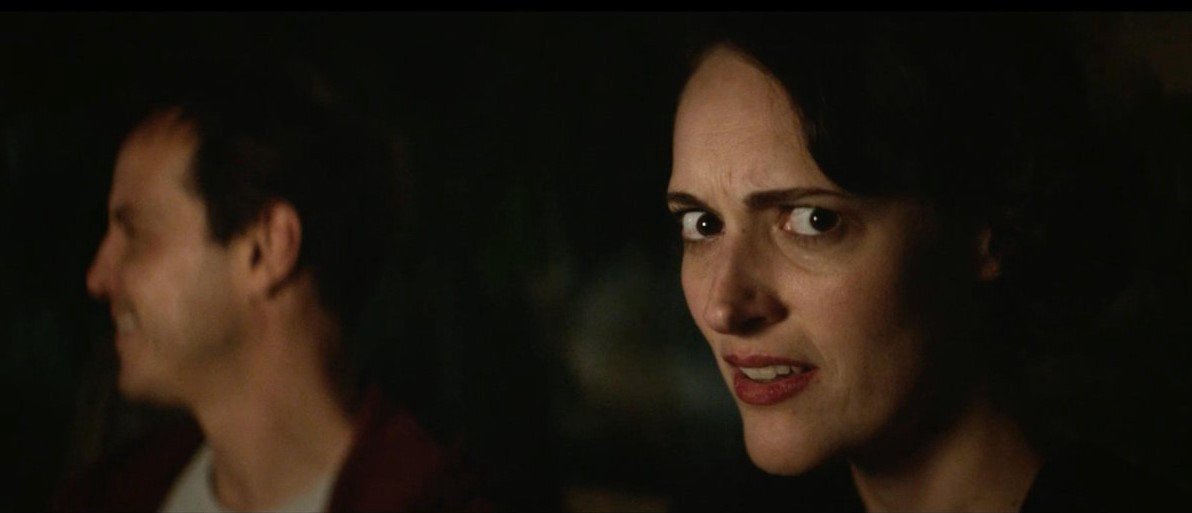
When Godard made Breathless (1960) he set out to break every cinematic rule that he could. Legend has it that he would ask his assistants what cinematographic techniques would work best for a certain scene only to do the complete opposite. So, it should come as no surprise that in the opening sequence of the film, Jean-Paul Belmondo’s character looks directly at the camera and speaks to us the viewer as if it were nothing out of the ordinary. But fourth wall breaks were not a common thing back then, especially not in serious movies.
Nowadays it seems like the breaking of this rule is the rule itself. Shows like Velma, which breaks the fourth wall before it even has time to build it back up, exemplify how overplayed and lazy this rhetorical device has become. In many ways, fourth wall breaks have come to replace laugh tracks – something funny happens, a character looks at the camera in disbelief, we laugh. This might have been funny when Jim from The Office was doing it, but when every comedy show – and even some serious ones – just keep insisting on getting our attention through such cheap devices, it becomes tiring.
But once in a while there comes a show like Fleabag that, while it certainly breaks the fourth wall for comedic purposes, also assigns to it greater thematic significance and purpose toward character development.
From the very first shot of Fleabag, Phoebe Waller-Bridge’s character is conscious of the fact that we are watching her, and she revels in that fact. This is why the show starts with a sex scene – Fleabag (the character) wants our attention, and she knows that sex is almost guaranteed to attract our eyes. What is most noteworthy in this scene is that even while she is engaging in what is supposed to be one of the most intimate things a person can do, Fleabag makes funny remarks about the situation to us, the viewer. It is clear from the start that retaining our attention is her number one priority.
As the story unfolds we learn to appreciate Fleabag’s true personality through her satirical remarks, witty insights, emotional memories – all meant only for our eyes and ears. Fourth wall breaks, then, are not only a very effective comedic device, but they’re also a way for Fleabag to create a sense of intimacy between her and the viewer. We are the only ones that get to see the real her. She performs a watered-down version of herself for other characters inside the show, but the interior monologues and mean asides she shares with us are certainly the real her. They must be the real her, right? If we believe this, then we have fallen for the show’s trick.
It is precisely during these seemingly intimate and revelatory fourth wall breaks that Fleabag is at her most performative. We see throughout the first season that she is always looking for attention to feel validated, to gain some sort of worth, and, as we later learn, to forget. And she knows she can get that attention easily any time she wants by just looking at us, by talking to us with that sardonic tone that is always sure to make us laugh. Fleabag flirts with the camera and in using us creates a toxic relationship that allows her to escape momentarily from others and herself. But this ultimately plunges her deeper and deeper into her state of depression.
This plan seems to work well until it doesn’t. In the final episode of the first season it all fires back and she is unable even to look us in the eyes. But it is at this moment that Fleabag learns she cannot keep relying on the attention of others to be happy. Her performance must come to an end and she must learn to live in the present. Thus season two is devoted to exactly that. Sadly, this means that the show must also come to an end, for if Fleabag is to be happy then she must cut ties with us. So we see her slowly walking away, waving at us, breaking the fourth wall for a final time.
 Joan Vega is an English major on the literature track in his final year of college. He spends his days reading modernist writers and listening to music. His favorite movie genres include horror and tragicomedy.
Joan Vega is an English major on the literature track in his final year of college. He spends his days reading modernist writers and listening to music. His favorite movie genres include horror and tragicomedy.
